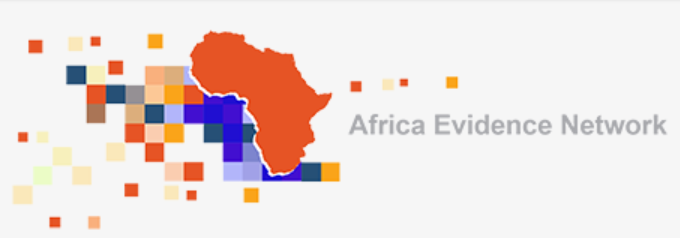
Working in academia we often forget how privileged we are to be able to access academic databases at the click of a button. Living in a fast-paced digital age we get used to the findings of the latest research study being (mis)quoted in a newspaper, or being tweeted, and then disappearing from view as quickly as it appeared. What if there were ways in which these two dilemmas (accessibility of research evidence and lack of synthesised evidence) could be addressed? This is what we at the University of Johannesburg’s Africa Centre for Evidence (ACE) specialise in – producing systematic reviews, rapid/responsive evidence assessments, evidence maps – in partnership with those who have an interest in using the information.
One of our latest products is an open access interactive evidence map, developed in partnership with the EPPI-Centre and building on EPPI-Reviewer software developed by them over many years. The focus of the map is the linkages between ecosystem services and poverty alleviation in Africa. This map is one output in our yearlong Ecosystem Services for Poverty Alleviation (ESPA) project and can be downloaded here. The framework for the map (the interventions and outcomes) were developed in consultation with the national focal point of the IPBES for South Africa – Kiruben Naicker – and decision-makers from the South African Department of Environmental Affairs (DEA) and it was upon their suggestion that we mapped the different multidimensional poverty outcomes (such as income, empowerment, health, employment) against the Sustainable Development Goals (SDGs) to make the map and outcomes more policy-relevant.
Our map is the first to focus in depth on the research evidence in Africa linking interventions related to ecosystem services to multidimensional aspects of poverty. Its interactive nature makes it possible for users to filter the evidence by country, region, ecosystem type, study design, and whether a single or multidimensional poverty measure is referred to. Clicking on the ‘bubbles’ in the map allows the user access to the abstracts of the relevant studies for that point in the matrix. Following consultations with users of map we are busy applying an Indigenous Knowledge System (IKS) filter that will be available with the next iteration of the map.
As explained in the User Guide that accompanies the map, a systematic search of academic databases and grey literature sources led us to 15 781 abstracts which we screened and of which we found 600 to be relevant for inclusion in the map. As illustrated in the heat map below, the majority of evidence emanates from Tanzania, Kenya, South Africa and Uganda as indicated by the different shades of green. We found very little research evidence from Central, West and North Africa.
While interventions around management (processes and actors) and protection (areas and resources) dominate at intervention level; income and livelihoods dominate as outcomes. General gaps in the evidence include education interventions, as well as outcomes related to empowerment and water quality and security.
Our interactive evidence map provides an overview of the patterns in the evidence on the link between interventions relating to ecosystem services and multidimensional poverty outcomes. Identifying such patterns and gaps in available research is one of the purposes of evidence maps. However, maps also serve other purposes in the public sector such as being an engagement tool between researchers and the public sector on the overlap or disjuncture between policy priorities and the available research evidence. It can therefore serve as a commissioning tool for new research, or as a reason to delve deeper into the evidence relating to a particular policy priority.
This is the next step for our evidence map – delving deeper into some areas of interest to users of the map, and public sector decision-makers in particular. Through consultation with users, our own review of the map and its patterns, and gaps in areas of synthesis highlighted in existing maps and systematic reviews, we have identified a shortlist of potential questions for synthesis. Between July and September this year we will conducting two Rapid Evidence Syntheses (REAs) and we invite you to participate in a poll to influence which questions we address.
We’d also like to build up our freely available online database of African decision-makers and researchers interested in evidence synthesis production and use in the environmental sector. We invite you to contact the Collaboration for Environmental Evidence (CEE) Johannesburg centre – hosted at ACE – via email and assist us in deepening the connections within the African environmental evidence synthesis community: ceejoburg@uj.ac.za.